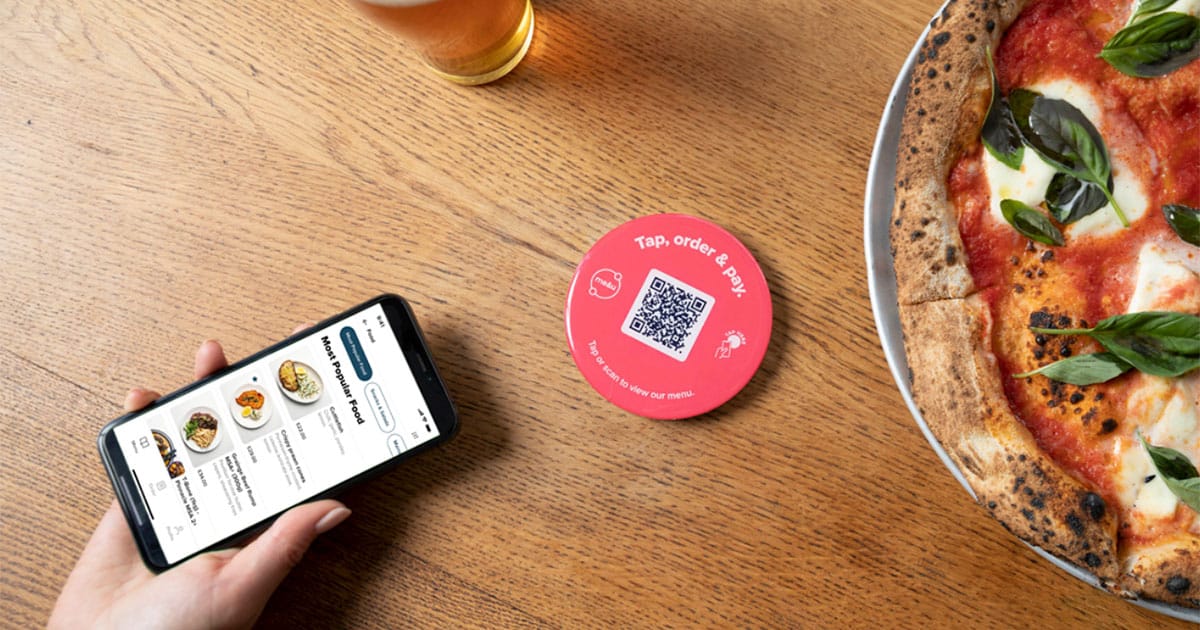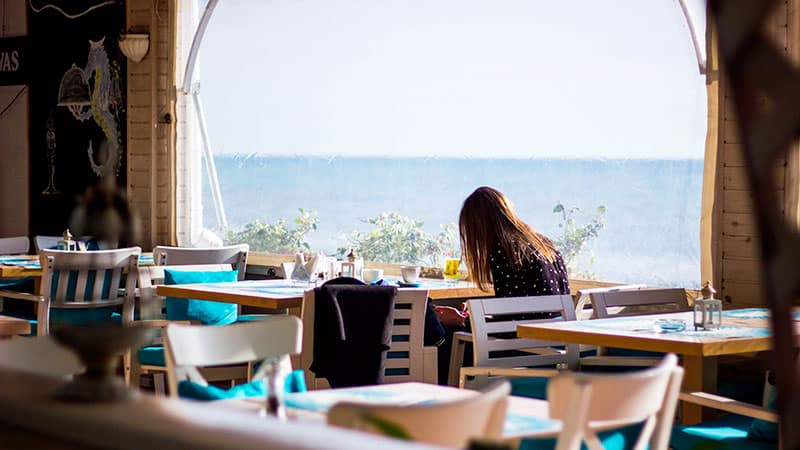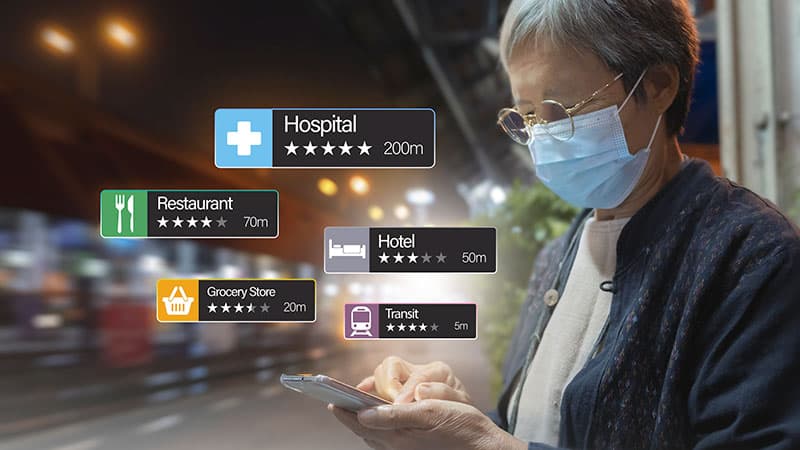
Stay ahead of the curve: Top trends in hospitality 2022
Share
Posted May 31, 2022
Food Premises, Ramblings
As we desperately try to leave the impacts of COVID-19 behind, these trends help businesses address the challenges brought about by the pandemic.
There is no doubt that hospitality businesses have faced numerous challenges over the past two years. Covid-19, the accompanying lockdowns for local, national and international visitors, and the necessary isolation periods for victims of COVID and their close contacts have had a devastating impact on many operators in the industry.
When lockdowns eased and travel restrictions lifted, many thought they could see the light at the end of the tunnel. But then cases spiked, isolation was mandated, and operators were left operating with a skeleton staff, if they had any, or had to close up just as bookings started to see life again.
Some operators said that the post-lockdown case spikes have had a bigger impact on their business than lockdowns. When you plan to open and are suddenly left with no staff, losses compounded, especially with government support drying up.
The industry has been, some believe, irrevocably changed.
A report by the shift work platform Deputy showed an 80% decrease in hospitality shift-work hours in April 2020. Since then, hospitality businesses have rostered on average 30% fewer shift work hours compared to pre-pandemic operations.
We don’t believe that the industry won’t recover. Already there are signs things of improvement with increasing international arrivals, and lockdowns now a thing of the past (fingers crossed) in all states and territories.
Innovation has helped businesses stay resilient
However, some operators used the COVID challenge as an opportunity to reexamine how they operate and improve things with new processes and innovations. Innovations that will help them grow more resilient and address visitor concerns going into the future.
Businesses should review their operations and the landscape they operate in regularly.
COVID allows you review your operation with a focus on what the future may hold and what your customers desire going forward. It’s an opportunity to understand your customer segments and how they wish to engage with your business or how they may want to experience your offering.
In aid of this, we reviewed several articles discussing new trends in the hospitality sector, and we list what we feel are important opportunities below.
Technology is key driver
The consistent trend across all articles we reviewed is the growth of technology in all sectors.
The business magazine Entrepreneur listed six trends they identified, driven by the evolving demands of tech-savvy, hygiene-conscious travellers. All of the trends, which we cover below, were technology-based solutions to customer concerns.
- Gamification of Travel Planning: using game mechanics like challenges, chance and rewards, with elements like points, quests and sharing, companies can capitalise on human motivation. Entrepreneur points out that “using gamification for online advertising is proven to boost data driving, customer loyalty, brand awareness, user-generated content, online engagement and revenue.” That seems like a pretty decent hit parade of which we’d all want a share.
- Virtual Reality Tours: We know that virtual reality tours work in the real estate sector. Real estate listings offering virtual tours receive 87% more views than properties that don’t have any. They were also shown to reduce wasted viewings by 40%. But virtual reality tours are now also taking off in the travel industry. Omni Hotels and TIG Global conducted research revealing that when hotel websites featured a virtual tour, bookings increased, and conversion rates were boosted between 16% and 67%.
- Going Contactless: Most consumers are already comfortable with the concept of contactless payment systems like tap and pay. Some operators are now pushing the idea of contactless to other areas of their hospitality businesses, including self-check-in, in-room technology, and mobile keys. The use of these contactless systems increased by 66% during the pandemic, according to a Stayntouch/NYU Tisch Center of Hospitality Report The report highlighted that customers’ expectation of increased hygiene wasn’t the only factor for adopting these technologies. The automation of many of the basic functionalities of the administrative side of the hospitality experience also helped the business overcome lower levels of available staff.
- Chatbots: With staffing resources scarce, removing unnecessary interactions with staff allow businesses to do more with less. Chatbot systems can adequately handle many standard concierge-style interactions customers or visitors may have with the business. By triaging and filtering customer requests, staff can be left to address priority concerns and requests and allow automated systems to handle others.
- Internet of Things (IoT): Improving the bottom line is all about efficiencies. With the demand for sustainability and increased customisation of the customer experience, IoT devices can help deliver on all fronts. IoT devices allow operators or visitors to operate room facilities like lighting, air conditioning, and more remotely or automatically based on rules which can be permanent or modifiable. It’s all about giving the visitor the most control while not relinquishing it completely.
- Location-Based Services: Entrepreneur’s report highlights how visitors can use location-based services to find the nearest corner store or the best pub. Anyone with a smartphone can Google these independently without intervention from their hotel operator. However, where we see opportunity is location-based services’ ability to deliver location-aware offers and specials directly to the visitors’ smartphones. This can include in-house services like day spa or rooftop bar offers and select partnerships with other operators. Now you can deliver offers to your visitors from a range of providers as your guests walk down the street and pass by a partner restaurant or tour operator.
Food premises trends
A report by hospitality advisory services group EHL echoes these trends but focuses on food premises.
EHL discusses the increased uptake of technologies like online ordering systems and delivery apps, contactless payment, online table reservation systems, automated inventory management software and, as part of the increased hygiene demands, air purification systems.
Tap and order and pay
One trend EHL discusses can be seen in many venues in Queensland after a furiously fast rollout by different providers. Table ordering “pucks” or stickers, utilising QR codes and NFC (near field communication) chips, can be seen in many casual dining establishments.

Self-help ordering systems, like this one from me & u, help drive increased spend, especially for casual dining venues.
From big national players like the ALH Group to small independent restaurants, cafés and bars have adopted these at the table, no-touch, order and pay systems. This kind of technology addresses hygiene concerns by eliminating physical menus and also reduces the number of staff needed on the floor. As a bonus, operators find that the spend per customer using the self-serve systems is anywhere up to 20% higher than ordering via a paper-based menu and staff member.
This increase in sales is attributed to the system’s ability to show attractive photos of menu items and present extras and add-ons as simple click boxes, increasing people’s desire to add to their orders.
What does the future hold?
As pandemic challenges slowly recede, it may lull some operators into a false sense of comfort that the good days are coming back. But we think there’s a need to be cautious and do what you can now to plan for leaner days ahead.
Internationally we see economic storm clouds gathering, and the challenges faced by consumers grow daily: inflation is rising and interest rates are going up.
This challenges growth in consumer spending habits already curtailed by the lasting effects of the pandemic.
As recently as mid-May 2022, research and consultancy group McKinsey found that, while Australians have been on a spending spree post covid, they are feeling less optimistic about economic recovery than last year. Australians remain cautious on spending and this negative sentiment could have a bearing on discretionary spending such as on holidays and eating out.
While the report found a negative spending sentiment, it also found a tentative return to out-of-home activities.
Interestingly high income earners had improved confidence in our economic recovery, whereas low to middle-income earners had a decline in optimism.
Look to trends to help identify opportunities for your hospitality business
We don’t profess to have a crystal ball to foresee what the future holds. But the trends we are seeing and the solutions and efficiencies they offer would likely benefit many operators over both the short and the long term.
Operators should be seeking to improve their offering continually and should be looking to industries other than themselves to identify new opportunities for improvement.
This is not an industry where it pays to sit still.
Feel free to contact us to discuss any of these trends or other solutions for your business.
Professional service, great insight into all aspects of business needs, saved a lot of time doing it ourselves, amazing knowledge.
Chris Degotardi
Bird - Noosa





Russell is a fantastic Town Planning Consultant! We are very grateful for his expertise.
Bridget Thompson





Russell and his team assisted our business through council town planning and licensing applications. We were faced with several challenges however RG Strategic overcame these with their knowledge, experience and tenacity. Without RG Strategic we would would be still trying to overcome our challenges years later. I highly recommend Russell and his team for all matters of town planning, consultation, licensing and business strategy support.
Ashley Little
Noosa Yacht and Rowing Club - Noosaville





Russell from RG Strategic did a fantastic job organising our Liquor Licensing for our space "Water Pistols Surfboards Studio". Very professional and prompt with responses to any questions we had. RG Strategic also does town planning and consulting. We highly recommend him. Ryan :-)
Ryan Campbell
Water Pistol Surfboards Studio - Noosa Heads











